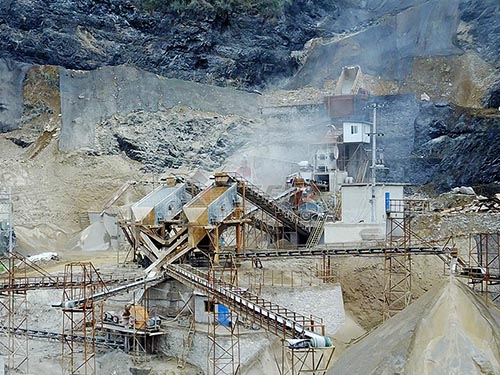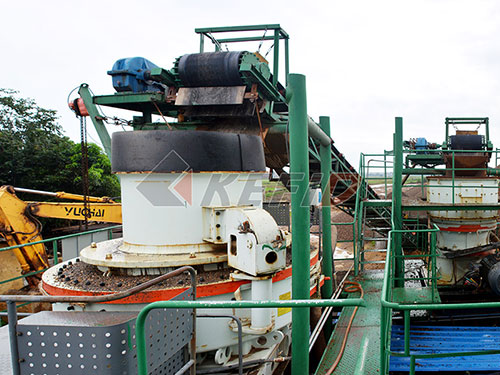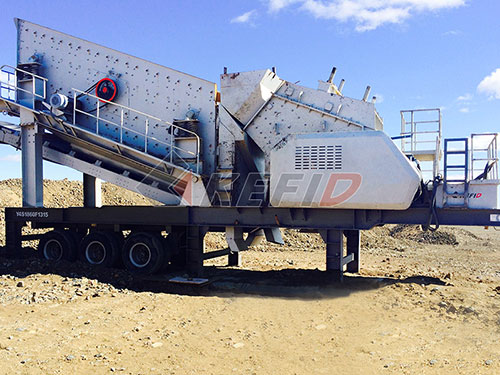The Cone Crusher: Engineered Efficiency for Hard Rock Reduction
In the demanding world of mineral processing, aggregate production, and mining, efficiently reducing large, hard rock into precisely sized fractions is paramount. Among the most critical pieces of equipment achieving this task is the Cone Crusher, a sophisticated machine renowned for its productivity, versatility, and ability to produce high-quality cubical aggregates.
Core Principle: Compression Crushing
Unlike impact crushers that rely on sudden force, cone crushers operate on the principle of continuous compression crushing. Rock enters the crushing chamber from above and falls between two essential components:
1. Mantle (Moving Cone): Mounted on an eccentric assembly (an off-center rotating shaft), the mantle gyrates within the concave bowl. This gyratory motion creates a constantly changing gap between the mantle and concave.
2. Concave (Fixed Bowl Liner): Stationary or adjustably positioned, this wear-resistant liner forms the outer crushing surface.
As rock descends into the chamber, it’s repeatedly squeezed and crushed between the moving mantle and stationary concave liners. The eccentric motion ensures material is progressively crushed as it moves downward through progressively narrower sections of the crushing chamber until it exits through the discharge opening at the bottom.
The Power of Interparticle Crushing
A key advantage of modern cone crushers is their ability to promote interparticle crushing. Instead of relying solely on direct contact with liners, particles are also crushed against each other under immense pressure within the crowded chamber. This mechanism significantly enhances efficiency and often produces a more desirable cubical product shape compared to other primary reduction methods.

Components & Functionality:

Main Shaft: Transmits power from the drive system (typically an electric motor coupled via belts or gears) to the eccentric assembly.
Eccentric Assembly: Consists of an eccentric sleeve/bushing rotating around a stationary shaft. This creates the mantle’s gyratory motion.
Hydraulic System: Modern cone crushers heavily utilize hydraulics for critical functions:
Adjusting CSS (Closed Side Setting): Precisely controls the size of the discharge opening by raising or lowering the main shaft assembly relative to the concave. Smaller CSS = finer output.
Overload Protection: Sophisticated hydraulic cylinders allow temporary expansion of the crushing chamber if uncrushable material (tramp iron) enters, protecting internal components from catastrophic damage.

Leave a Reply